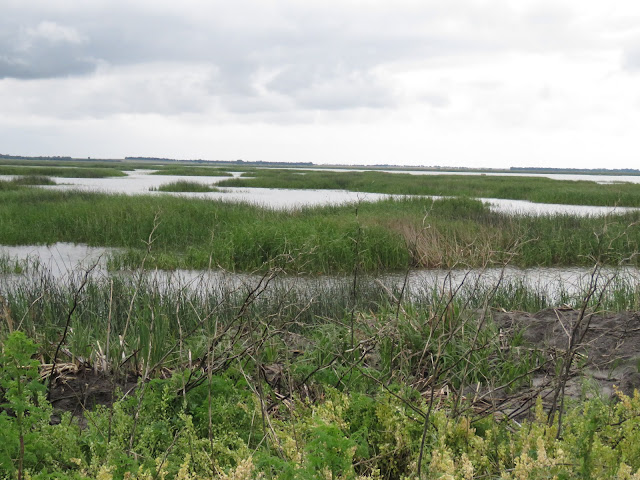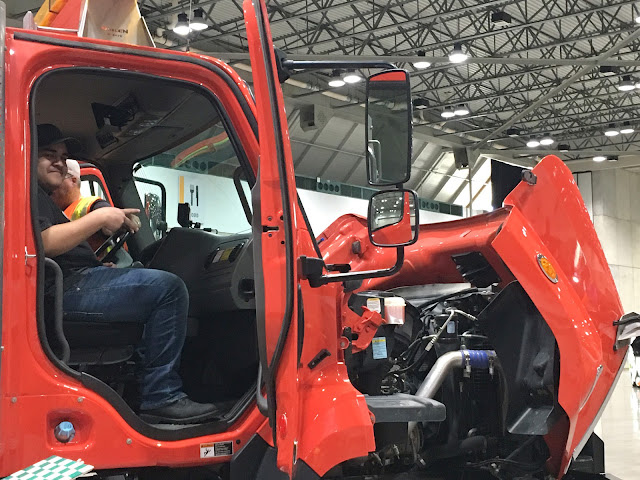There are three types of tires: snow/winter, summer and all-season. Be mindful of what type of tire is on your vehicle to ensure proper motor care.
Summer tires are a great option for safe and efficient
driving in the warmer months.
- The tread on summer tires offers smooth and soundless rides in dry or wet environments.
- Summer tires also have harder compound then snow tires which gives them a good grip in dry and wet weather conditions.
- They can be used for all driving conditions
- Provides traction in regular winter driving conditions but not as well as snow tires, which should be used in severe winter weather operates well in warmer weather but with less grip then a summer tire.
Research and find out what tires work best and offer the most comfortable and long-lasting rides to carry you through all your summer travels.
Another important aspect of summer tire safety is maintaining
one’s tires through proper tire care.
Here are a few tips for motorists on keeping tires in their
best traveling condition:
- An important aspect of tire safety is checking the air pressure of your tires and making sure all tires are properly inflated. The pressure of each tire should be checked at least once a month, depending on frequency of travel.
- To check the pressure of your tire, remove tire cap and press a tire gauge on it, there may be a slight puff of air, read the air pressure number and then secure the cap on again.
- To examine the tread on your tires for wear use an upside-down penny and place it between the tire grooves. If the top of Lincoln’s head is showing then it means the tread is worn and it’s time to replace your tires.
 |
| The penny test: The top of Lincoln's head is slightly covered by the tread on this tire. The tread is then considered to be in good condition. |
Wheel Rotation
- Rotating your tires regularly ensures that the tire rubber won’t wear out as quickly. Always be mindful of the condition of tires and make sure the rubber on the tires is safe and stable.
Keep a Spare Tire in Your Car
- Always keep a spare tire in your car in case of potential flat tires. To maintain safety when changing tires, it’s important to educate yourself on how-to properly change flat tires along roadside.
- Things you’ll need are, a spare tire, lug wrench, jack and bricks or rocks. To see how a tire is changed, check out the video below.
Remember to give all emergency vehicles and workers room. Move over or slow down when you see flashing lights or sirens.






























